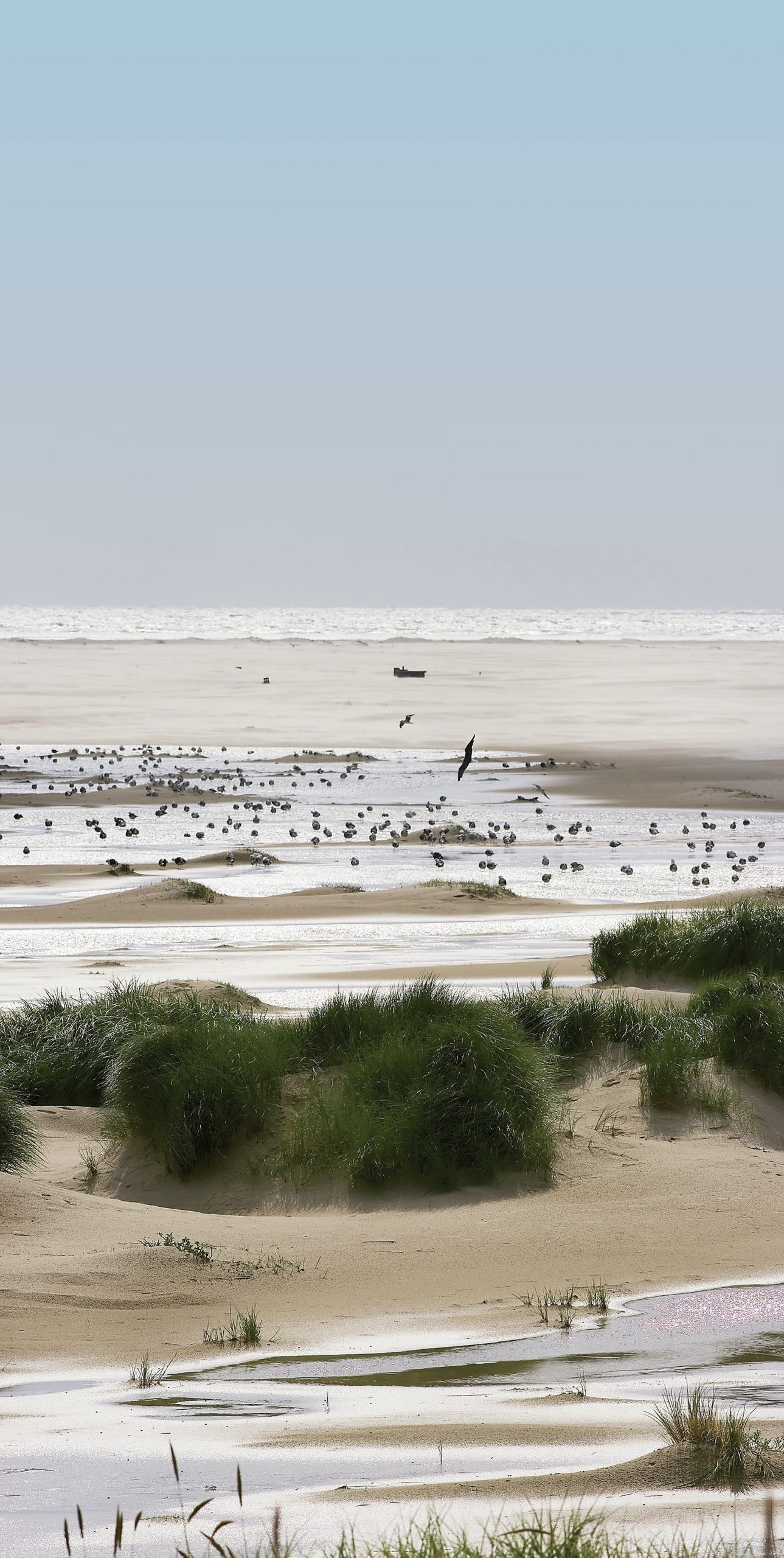
Amrum is one of three German Frisian Islands in the North Sea (Figure 1). It has an area of 20.4 km2 and a population of 2,300. The core of the island is a moraine from the last Ice Age. The main beach is the Kniepsand (up to 1,500 m wide), but it is geologically not part of Amrum, as it is a sand bank which has gradually moved towards the island (Figure 2).
The island, with its unique biodiversity of flora and fauna, provides a perfect location for family holidays and for ecotourism. The topography includes sand dunes, forest, tidal zone, moorland and marshland. The island’s marine environment can be divided into a sheltered (lee) east side, where the Waddensea’s ecosystems determine flora and fauna, and the west or storm side, influenced by the open sea. The Odde National Park, at the northern end of the island (Figure 2), offers a habitat for rare birds.
Your organisation does not have access to this article.
Sign up today to give your students the edge they need to achieve their best grades with subject expertise
Subscribe




